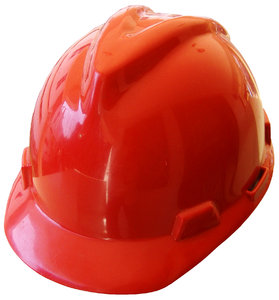The big-time grocery chain of the area, DeMoulas Super Markets, has agreed to make all of its 60 Market Basket in both Massachusetts and New Hampshire safer for all of its employees and to help to reduce the risks of work-related accidents in Boston and elsewhere. According to the Occupational Safety and Health Administration (OSHA), the company made an agreement with the Department of Labor to correct its hazards after it was cited with nearly $600,000 in citations back in October. Investigators with OSHA found a number of dangers and hazards at a number of its stores, including serious lacerations and fall hazards at grocery stores.

“This enterprisewide settlement is significant because DeMoulas has agreed not only to correct the hazards cited during OSHA’s inspections but also to enact effective and ongoing systemic changes that will benefit all its employees,” said Dr. David Michaels, Assistant Secretary of Labor for OSH.
Our Boston workers’ compensation attorneys understand that the company originally contested its citations from OSHA officials. After the investigation and after the appeal, the grocery store agreed to dish out nearly $600,000 and also agreed to make the changes to take the proper safety precautions to correct these dangers. DeMoulas will be implementing new safety hazard materials and will be making sure that these materials are enforced at each and every one of its stores.
Officials believe that by implementing new safety measures, employees will be safer on the job and that employees throughout the company will be better protected from work accidents.
According to Michael Felsen, the OSHA director for the New England area, there will be a new health and safety director working with the company as well. This will be a full-time director that will be helping the company to create, coordinate, enforce and push new safety measures.
Included with the new health director:
-Monitor work site safety requirements.
-Complete random safety inspections.
-Suggest provisions to current safety standards.
-Lookout and document safety and health violations on each work site.
-Create and enforce a disciplinary program for all workers.
-Make sure that all employees are getting the right, and effective, safety training.
-Conduct performance reviews on supervisory employees on the job to make sure they’re doing their best to help to minimize accident risks.
Employers are reminded that they have a legal obligation to take all of the necessary safety precautions to help keep workers safe and injury free on the job. It’s a federal obligation that needs to be taken seriously and can help to save lives.
Continue reading
 Massachusetts Workers Compensation Lawyers Blog
Massachusetts Workers Compensation Lawyers Blog










